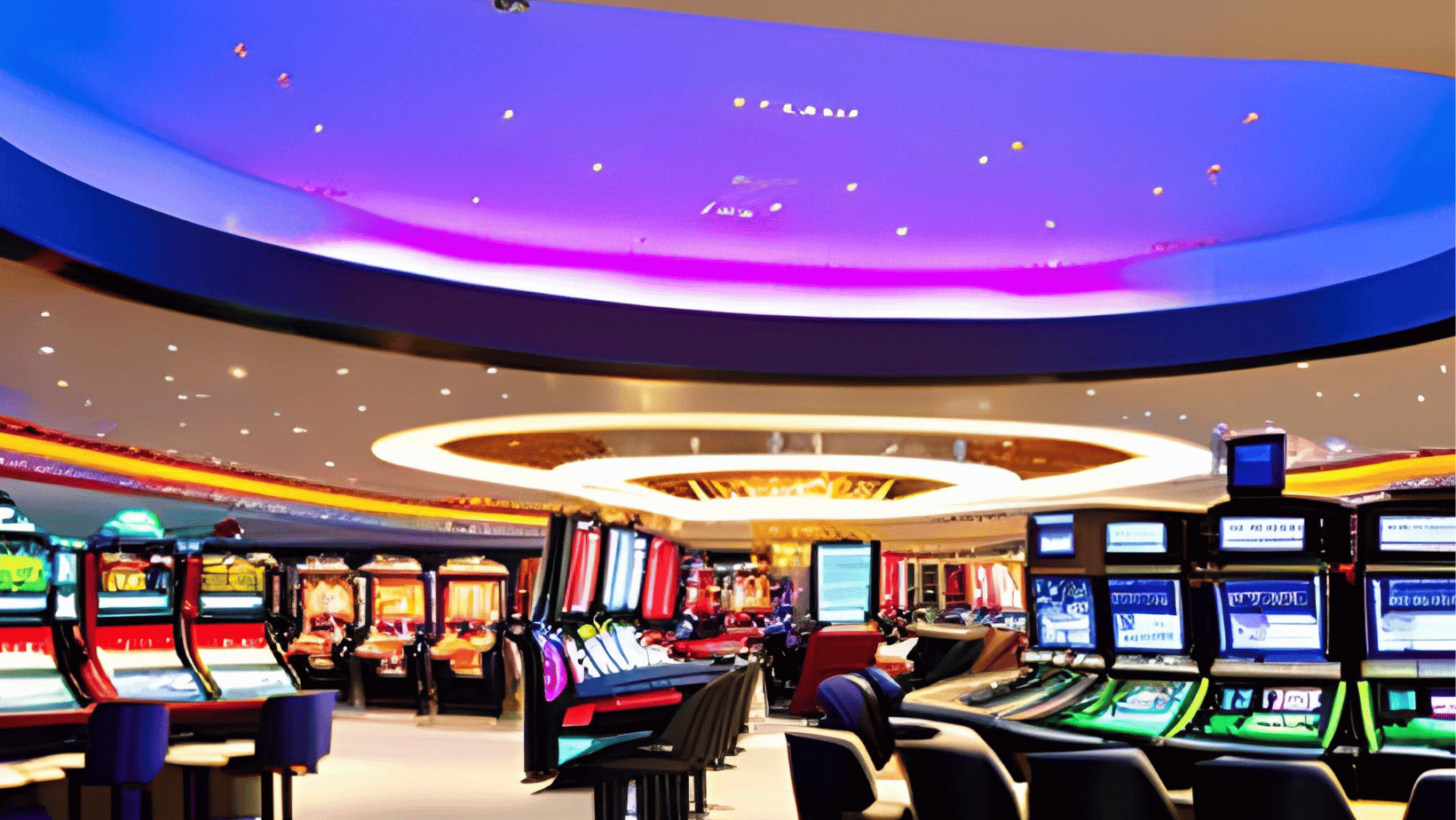
In the lively and thrilling world of casinos, where fortune and strategy intertwine, color and design play a key role in drawing in players. As soon as players step into a casino or log into a gaming website, they are immersed in a sightly feast that captures their attention and entices them to explore further. Bright colors, captivating graphics, and innovative layouts are meticulously crafted to create an environment of thrill and anticipation, ultimately enhancing the gaming experience.
While gamblers move through the ever-changing landscape of casino games, they come across a variety of designs that not only serve visual purposes but also influence emotions and choices. Colors like red and yellow symbolize wealth and fortune, while soothing navy and emeralds can create a much relaxed environment. Grasping how these elements function together allows casinos to create an welcoming and energizing atmosphere that encourages players to interact with the games, spend additional time at the tables, and boost their general enjoyment.
The Psychology of Color in Casino Games
Hue plays a crucial role in the design of casino games, influencing players’ emotional states and actions. Bright and striking hues, such as scarlet and gold, are often used to incite excitement and draw focus. These colors create a sense pressure and dynamism, encouraging participants to involve themselves more readily with the game. By thoughtfully selecting hues, creators aim to elicit feelings of joy and excitement, which can enhance the overall player experience.
Distinct hues also have psychological meanings that can influence how gamblers perceive their possibilities of victory. For case, lime is often associated with luck and abundance, making it a frequent choice in games like the roulette wheel and poker tables. This connection can result players to feel more positive and confident in their play, ultimately encouraging them to bet more. https://ga179.xyz/ Comprehending these connections allows game developers to create environments that enhance player satisfaction and engagement.
Moreover, the layout of gambling game interfaces often utilizes blended colors and opposing hues to instruct players’ actions. For case, winning combinations may be emphasized with vivid, opposing hues, creating a visual incentive. This technique supports favorable outcomes and encourages repeated engagement. By utilizing color psychology, gaming venues can develop games that not only captivate gamblers but also hold them involved and dedicated in their game experience.
Design Features that Engage Players
The aesthetic appeal of casino games is primarily influenced by the implementation of vibrant colors. Bright and striking colors are deliberately chosen to create an inviting atmosphere that grabs interest. For instance, crimson and golds often signify luck and wealth, which is why they are prevalent in the color schemes of slot machines and table surfaces. These colors not only draw players in, but they also evoke emotions associated with excitement and anticipation, enhancing the overall gaming experience.
In parallel to color, the design and organization of gambling games play a crucial role in player attraction. Games are designed to be intuitive, ensuring that players can easily understand the guidelines and gameplay. Accessible interfaces, along with engaging graphics and animations, help maintain gamer interest and encourage longer play sessions. The tactile elements, such as the feel of the buttons and the audio of the games, also add to a holistic sensory experience that keeps players engaged.
Finally, conceptual elements in game design can greatly influence gaming decisions. Many gambling games are inspired by popular culture, myths, or adventure themes, featuring symbols and characters that connect with players. These themes create a sense of engagement and relatability, making each game feel unique. When players feel a bond to the theme, they are more likely to opt for that game over others, leading to higher participation and excitement within the gambling environment.
Case Studies: Notable Gambling Slot Designs
One key example of impressive gambling game design is the well-known slot machine series based around popular movies. Games such as those based on the The Wizard of Oz and Game of thrones utilize dynamic colors and top-notch graphics to engage players in recognizable narratives. The application of lively visuals and captivating sound effects grabs the focus of players, establishing an psychological connection to the theme. This tactic not just encourages longer play but also boosts the overall gaming experience, yielding increased player retention.
Another effective case is the use of color psychology in table games like blackjack and roulette. Casinos often design these games with deep reds and greens, colors traditionally connected with luck and wealth. For instance, the green felt on a blackjack table provides a soothing effect, while the red accents in the wheel invite excitement. This intentional use of color helps to foster an inviting atmosphere that stimulates players to participate, addressing their psychological impulses and boosting their enjoyment.
Finally, online casino games that include social features and lively, colorful designs have achieved remarkable success in engaging players. Games like Zynga Poker and Slotomania leverage vivid colors and playful animations to forge an inviting online environment. The addition of leaderboards, community sharing options, and in-app rewards encourages competition and community, pulling players in for longer sessions. Such designs not only make the games visually appealing but also underscore social connectivity, a vital factor in player retention and engagement within digital casino environments.